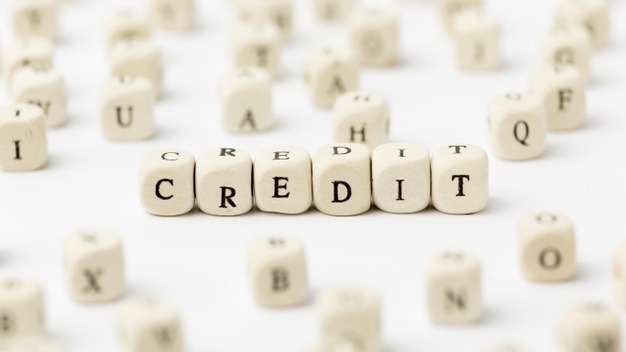“Time is Money.” This proverb holds very true in the matters of investing.
Long-term investments work like hidden treasures when you are least expecting to find any of it. Compounding your savings is just one of the benefits of long-term investing wherein the more time you stay invested for, the greater are the returns. Albert Einstein once said, “Compound interest is the eighth wonder of the world. He, who understands it, earns it. He, who doesn’t, pays it.” Let your money work as hard as you and grow with you.
A simple example can be of a young working professional who has just started investing at the age of 25. By the time she is 65, her wealth would have multiplied several times, despite inflation and fluctuations in the stock market. That is the effect of the simple policy of compounding.
On the contrary, if one starts investing at the age of 35, the returns are comparatively lesser by the time she is 65 years old. It is only because the more interest one reinvests, more the final wealth is. This concept of reinvesting or earning interest on interest is what compounding is all about.
Though there are ample types of investment vehicles, long-term investment is one tried and tested formula that smartly turns the ‘returns table’ on your side as it needs much less time to create, monitor and evaluate than short-term investing. Here are some compelling reasons why staying invested is better than going on and off the market:
Easy Methodology
Any Tom, Dick and Harry can invest money for a long term. It doesn’t take a financial mogul to decide on a long-term financial instrument. You can leave your savings to grow and forget about them. Short-term trading, on the other, will depend on the market growth, learning new trading styles, working on different investing options, studying charts and graphs. Phew! The list is endless and draining. Guess you would agree that getting better money value with a bit of patience is any day better than losing sleep thinking about your portfolio losses or gains with the market movements.
Who doesn’t love a little lesser tax?
Active trading also makes you an active tax-payer. Based on the investment avenue and time horizon, the tax liability varies. Mutual funds serve as a tax efficient investment avenue. Like in case of other investment avenues in mutual funds also, if you invest for a shorter time horizon, you attract short term capital gains tax on your investment as per your tax bracket. While long term capital gains is tax free in case of equity mutual funds and in case of debt schemes you are eligible for indexation benefits. Mutual funds also offer ELSS which are eligible for tax exemption under section 80/C of the Income tax act. Thus staying invested for a long term has its perks.
The Compounding Effect!
Buying stocks or investing in mutual fund for a long term helps you enjoy compounding – reinvesting the interest you have already earned. Compound interest, that calculates your returns on your principal, will grow your investment balance helping you earn more interest income. The effect of compounding depends on three factors viz. investment horizon, rate of return and compounding frequency. The longer the investment horizon, more the interest on interest earned. Similarly, higher the rate of return, more wealth gets accumulated over time. Compounding frequency is the interval at which the interest multiplies. Compounding can be done on daily, monthly, quarterly, half yearly or annual basis. Shorter the interval of compounding, greater its impact.
Sorting investment mistakes with ease
Albeit a long-term investment will help you avoid those mistakes that can happen with price fluctuations and jumping in and out of the market based on market performances; any investment mistake can only be recovered with time. So, a long term investment can help you recover a bad time with the stock market by staying invested for a successive good market time. You can also tweak in and invest better over the years to make it address all your financial goals. Now the choice is yours – will you now choose to be a proactive long-term investor or a reactive short-term trader?



























